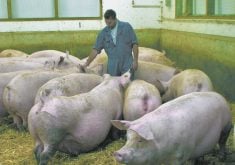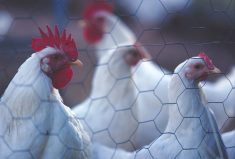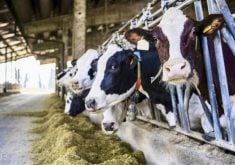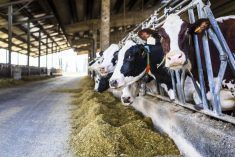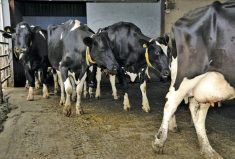Lactanet has updated its indirect herd life evaluation formula, after adding metabolic disease resistance and fertility disorders to its bull proofs in Holstein, Jersey and Ayrshire.
Indirect herd life was described in a recent Lactanet newsletter as “an early predictor of daughter survival (which) is calculated based on a formula that combines genetic evaluations for a list of traits known to affect lifetime daughter survival.”
Why it matters: Selecting bulls based on herd life can decrease the number of dairy cows culled for health reasons before they reach their predicted lifetime production.
Read Also
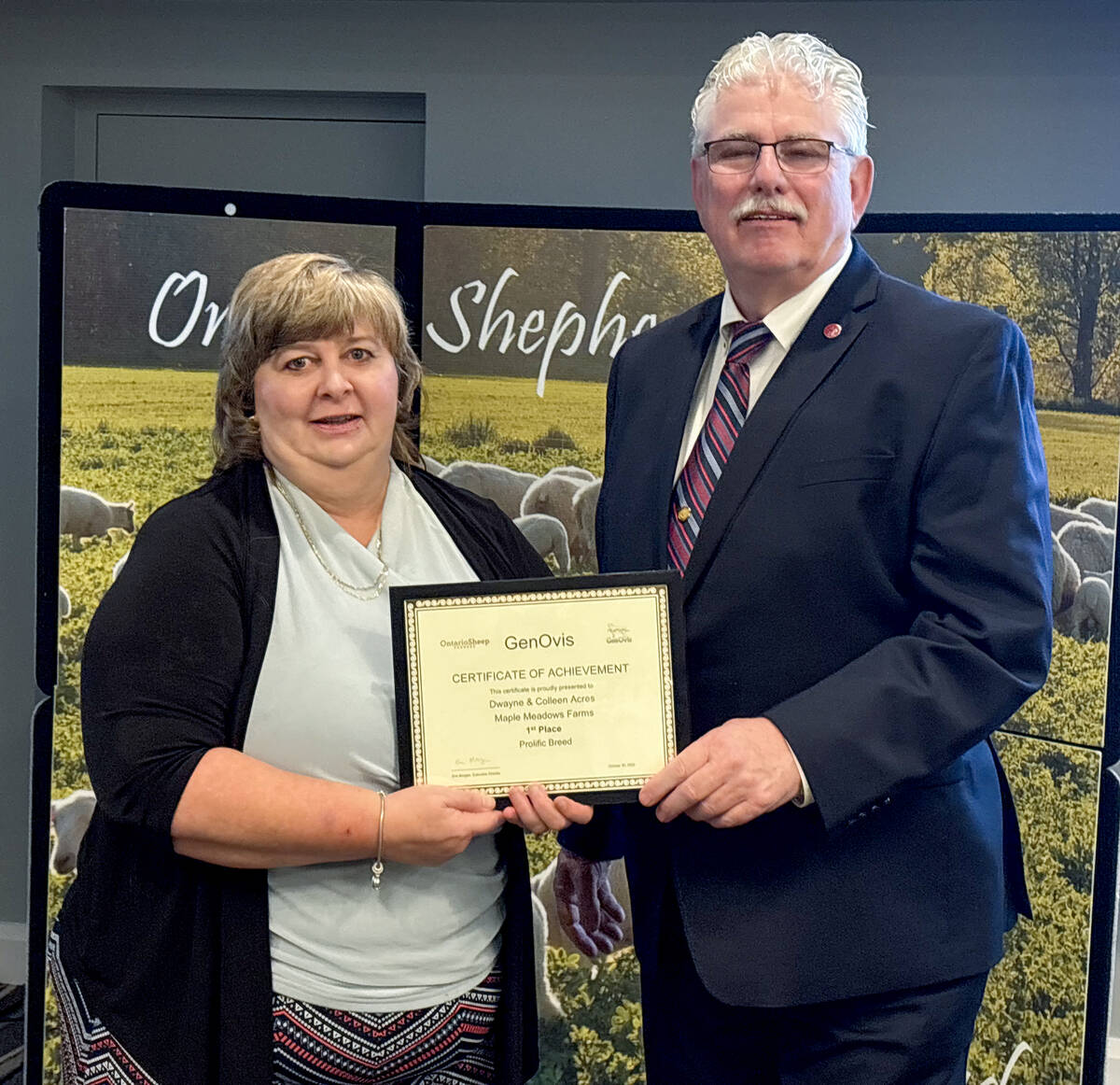
GenOvis awards presented at Ontario Sheep Farmers’ annual meeting
Producers and youth were recognized for their contributions during the Ontario Sheep Farmers’ annual GenOvis and leadership awards.
According to newsletter co-author and Lactanet geneticist Dr. Allison Fleming, genomic testing of unproven bulls means the trait is gradually becoming less crucial to breeding decisions. But it remains an important aspect for those who choose young sires and don’t use genomics.
“Indirect herd life will be a more important component for young bulls who do not yet have daughters with actual survival data compared to proven sires with many daughters and a high-reliability direct herd life evaluation,” said Fleming.
Indirect herd life and direct herd life are parts of the formula to calculate the overall herd life trait on proven bull proofs.
Indirect herd life values for unproven bulls come from traits known to affect survival, including obvious co-relations like female fertility and resistance to mastitis, but also well-documented influences of traits related to the physical stature and limb structure of the cow.
“Longevity is connected to almost every trait we select for,” Fleming wrote in the newsletter.
Some production-driven traits, most notably in the dairy strength section of bull proofs, have even been shown to negatively affect longevity. With the addition within the past few years of the disease resistance and fertility traits to genetic information for all three main dairy breeds, Lactanet said it was time to refine its indirect herd health calculation.
Updates to all traits “need to be done routinely to ensure that our formula reflects the current population as best we can,” Fleming told Farmtario. “Genetic selection and progress for certain traits and the reasons why producers are culling animals change with time and the indirect herd life formula needs to reflect where we are presently.”
The most recent update occurred in 2015. Since then, Fleming noted, genomic testing of sires and dams has become more popular.
“We can (now) estimate a (genomically tested) bull’s direct herd life component… with a reliability around 70 per cent for Holsteins … even at a very young age before they have any daughters,” she said. “Therefore, for genomically tested animals, we have seen a decrease in the importance of indirect herd life.”
But indirect herd life is still used in combination with direct herd life to calculate the herd life trait on bull proofs. According to Fleming, “herd life is an excellent tool for genetic selection to decrease the premature disposal of cows or involuntary culling in their herd, which is important for profitability.
“We want farmers to be the decision-makers for when a cow leaves their herd and not have it be an involuntary decision.”






